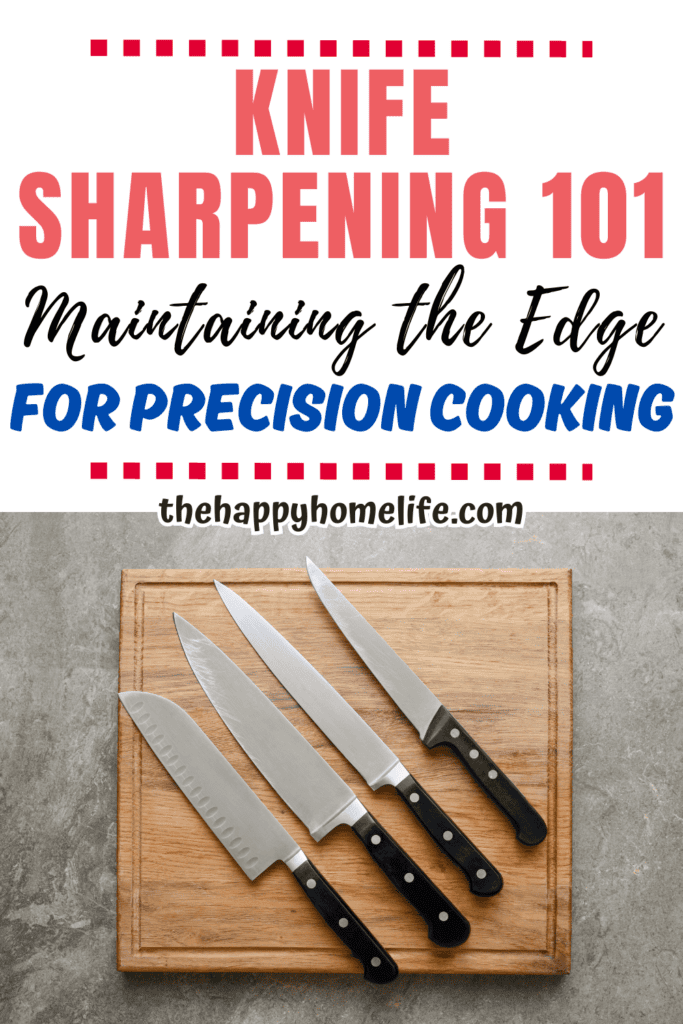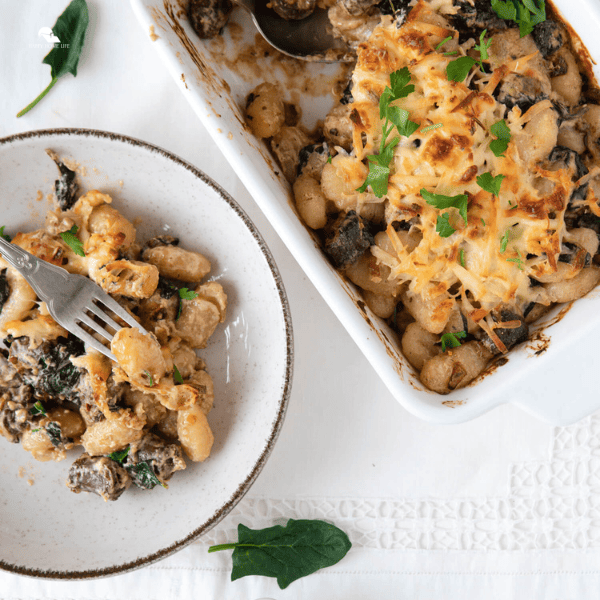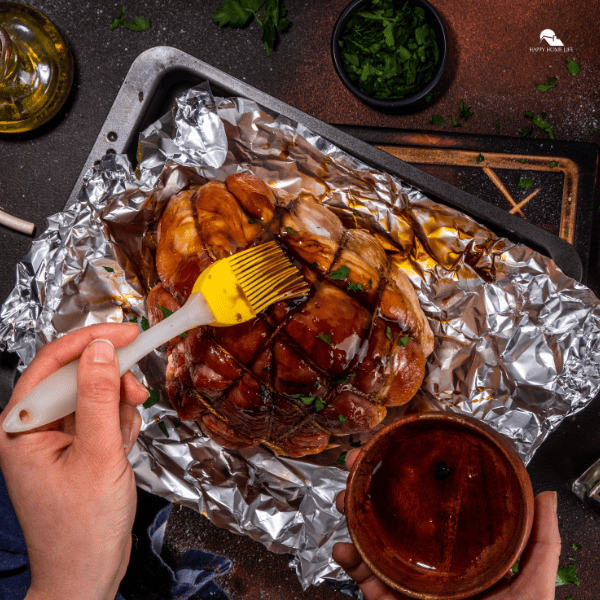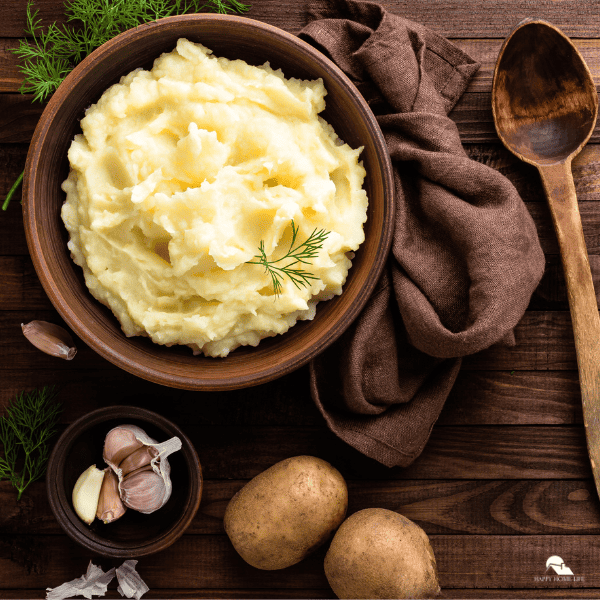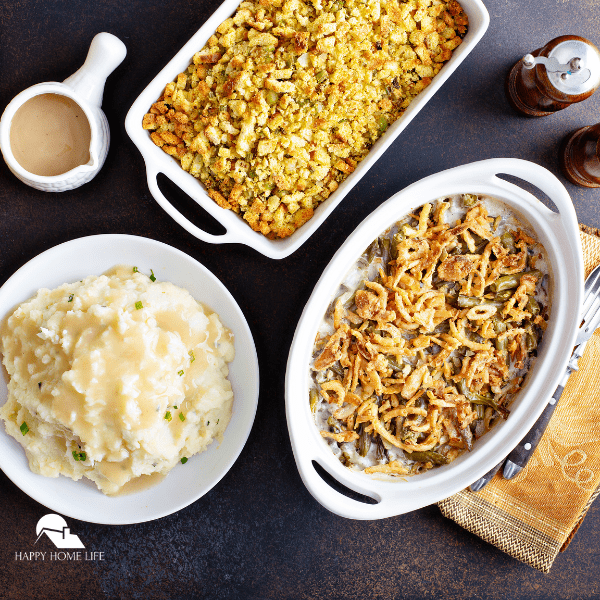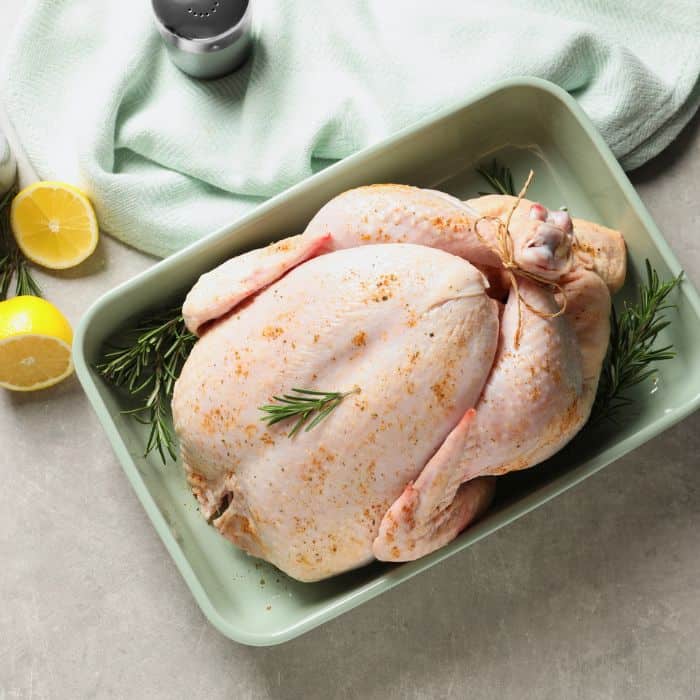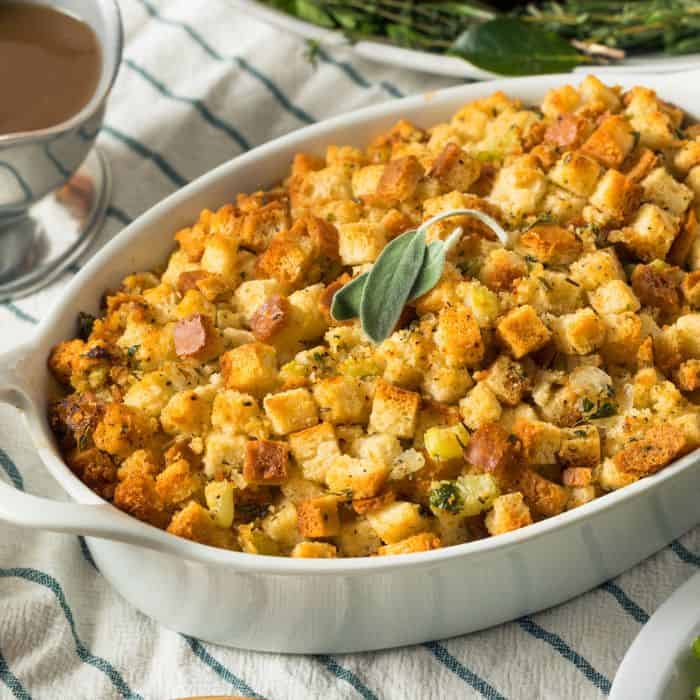In the world of culinary arts, knives are an essential tool for any chef or passionate home cook. They are invaluable assets that determine the quality and consistency of your cuts. However, even the finest knives lose their sharpness over time, eventually becoming less efficient and increasing the risk of accidents.
Maintaining a keen edge is crucial for precision cooking, and that starts with understanding the art and science of knife sharpening. In this post, we will explore some essential tips and techniques to help you master the art of keeping your blades in prime condition.
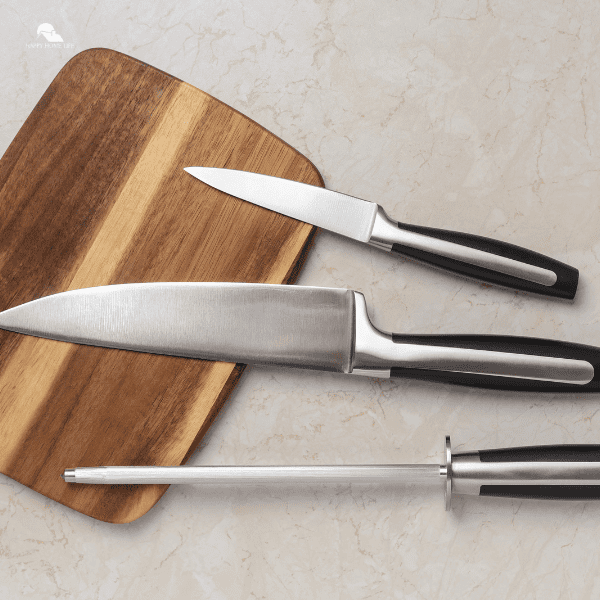
Why Knife Maintenance Matters
Sharp and good quality knives, as found on the Mega Boutique website, are a must-have for every kitchen. A knife without a sharp edge is akin to wrestling with a blunt instrument. Dull blades often lead to messy cuts, increased effort while chopping, crushed ingredients instead of clean slices, and an overall frustrating cooking experience.
You might enjoy these posts:
- Best Bluetooth Meat Thermometers of 2024
- How to Cook Brats – 12 Cooking Methods for the Best Results
- No Baster, No Problem: How to Baste a Turkey Without One
The Safety Factor
Apart from enhancing your culinary skills, keeping your knives sharp ensures safety in the kitchen against cuts and other injuries. A dull knife requires more force to cut through ingredients, resulting in highly unpredictable movements that can lead to injury. Conversely, a properly sharpened knife easily glides through food with minimal exertion.
Tools for Effective Sharpening
Honing Steel vs. Whetstones
One might think honing steel (also known as sharpening steel) is sufficient for maintaining optimum blade performance. However, it’s important to understand that honing steel merely straightens out the microscopic teeth on the blade – it does not actually sharpen the edge.
To achieve optimal sharpness, using whetstones is recommended. Whetstones come in varying grit levels — coarse to fine — allowing for proper blade restoration by grinding away worn material from its edges and creating a new cutting surface.
Angle Guides
Maintaining consistent angle control while sharpening takes practice. Angle guides can be used to simplify the process. These guides attach to the knife or onto the whetstone itself and ensure a consistent angle while sharpening, resulting in a uniformly sharpened blade.
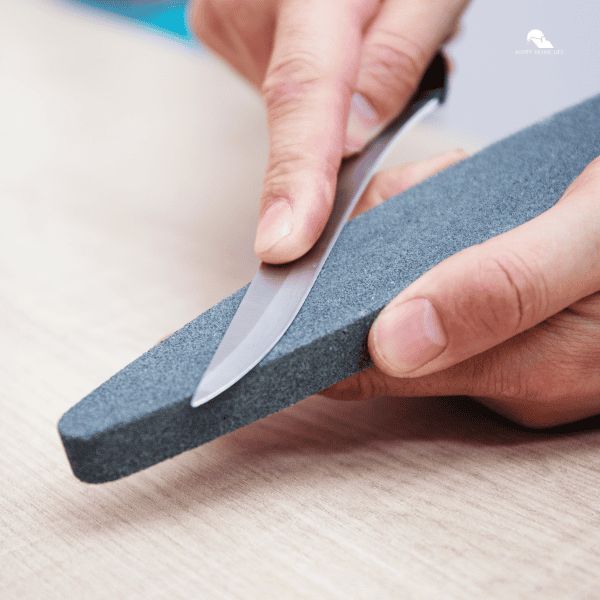
Sharpening Techniques
Preparing the Whetstones
Before embarking on your sharpening journey, it is necessary to prepare your whetstones. Soak them in water for an appropriate amount of time as per the manufacturer’s instructions, ensuring they are thoroughly saturated before use.
Finding Your Preferred Angle
To find the ideal angle for sharpening, place the knife on a flat surface with its edge touching, then lift it by raising its spine roughly one centimeter off the countertop. Gradually lower the knife until you find an angle where it just touches the surface again – this will be your starting point.
The Essential Strokes
Using even pressure and controlled movements, begin by running your knife along one side of the wet stone at a shallow angle close to your starting point. Maintain consistent pressure as you move from base to tip in smooth strokes. Repeat this process on both sides of the blade until you’ve achieved the desired sharpness.
Honing and Regular Maintenance
Honing vs. Sharpening
Honing steel is another tool that plays a significant role in keeping knives razor-sharp between intense sharpening sessions. Honing should be done after each use to straighten any micro-dents displaced by cutting through ingredients or contact with hard surfaces.
Unlike sharpening, honing does not involve removing material from the blade but instead corrects any misalignments caused during regular use.
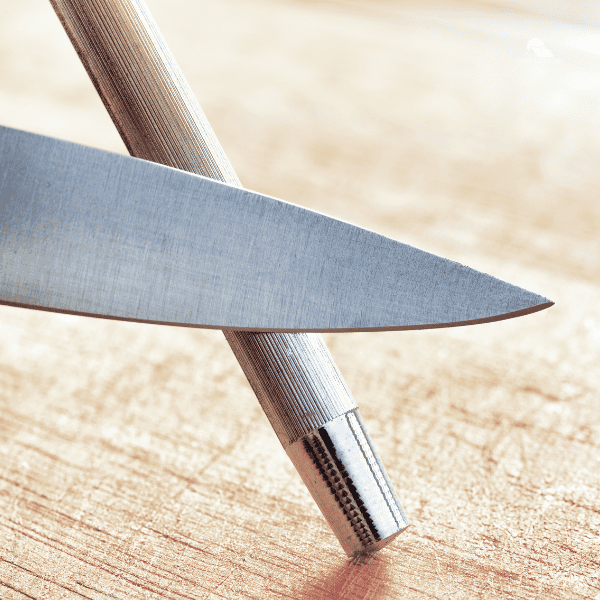
Additional Tips for Maintenance
Aside from regular honing and sharpenings, there are several other practices that promote long-lasting sharpness:
Hand washing knives meticulously rather than putting them in a dishwasher, as dishwashing detergents and forceful sprays can damage the blade.
Proper storage in knife blocks or magnetic strips is necessary to protect the blade’s edge from dulling due to improper contact with other objects.
Seeking professional help when necessary, especially for intricate repairs or major restoration projects.
Conclusion
Knife sharpening is an essential skill that every chef and keen cook should master. A sharp knife not only improves your cutting skills but also promotes safety and efficiency in the kitchen. By investing time and effort in understanding sharpening tools, learning techniques, and implementing proper maintenance practices, you’ll be able to keep your knives in prime condition for years to come. So why wait? Sharpen your knives today and elevate your culinary experience!
